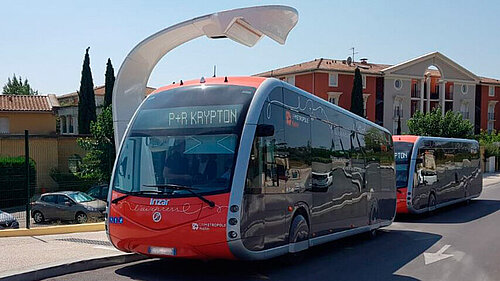Public Transport Survey - less than half are happy with public transport in Bromley

In a survey run by Bromley Liberal Democrats, less than half of respondents were satisfied with transport services in Bromley. The major complaint was lack of connectivity with other services and with neighbouring boroughs (63%); the second most important issue was the need for improved reliability and frequency (46%).
The Lib Dems wanted to ask people about their experiences with public transport - if we want to encourage more people to use sustainable forms of travel we need to understand the obstacles people face. As the national economy continues to stutter forward, it is vital that residents can get to work, access shops and community services including healthcare, and visit loved ones. Sadly there seems to be a lack of a coherent plan for public transport in Bromley both from Bromley Council and the London Mayor.
Respondents commented about the poor links between the town centres in the Bromley Borough, such as from Orpington to West Wickham, or Orpington to Croydon. Connections with neighbouring boroughs are a particular source of complaint – one respondent said “There are no buses which go between Orpington and neighbouring towns such as Sevenoaks or Tonbridge. If there are no trains, there is no way of getting out of Orpington without a car”. Biggin Hill was mentioned by several respondents as being particularly badly served, almost cut off from the rest of the network, with notorious problems with the frequency and reliability of the 320 bus route.
Trams were mentioned several times in the survey – 29% wanted to see the tram extended from Beckenham Junction into other parts of the Borough, or a new tram service. Several respondents mentioned a link with the Overground. Bromley North was also the subject of complaints with 7% asking for improved and more services from this station.
When asked what changes they would like to see to improve safety for people walking or cycling, 40% said more and improved cycle lanes were important (“a bit of white paint on the road does not constitute a safe cycle lane”). 23% said safer junctions and safer crossings were a priority, particularly on routes to school and near to bus stops and 12% said measures to control speed of traffic were important.
82% of respondents said they used public transport often or very often; with 40% using buses very often and 31% using trains. 15% were regular cyclists and 88% of respondents said they walked often or very often.